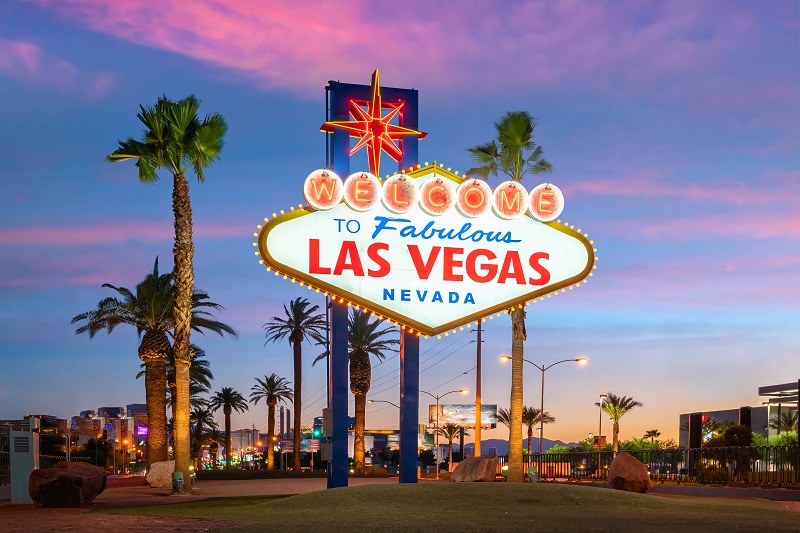

Exploring the history of Las Vegas unveils a complex tapestry of Indigenous cultures, early settlers, organized crime influence, and the development of the entertainment industry.Exploring the history of Las Vegas Meta888 unveils a complex tapestry of Indigenous cultures, early settlers, organized crime influence, and the development of the entertainment industry.
From its modest origins in the desert, Las Vegas has transformed into a bustling city known for its vibrant nightlife and iconic landmarks.
Each historical chapter sheds light on different aspects of the city’s past, contributing to its unique identity and shaping its future trajectory.
The evolution of Las Vegas reflects broader shifts in American society, showcasing themes of resilience, adaptation, and change.
This narrative provides insight into a city where risk-taking is commonplace, and the unknown always holds a certain allure.
Las Vegas has roots in the Indigenous tribes that inhabited the region long before European settlers arrived. Tribes like the Paiute and Mohave had established cultures closely tied to the land.
However, the influx of European settlers led to land disputes and conflicts over resources. The Native American tribes in the Las Vegas area faced challenges as their traditional way of life was threatened by external forces.
These early land disputes laid the foundation for the complex history of Las Vegas and the cultural interactions that would shape the region over time.
In the early stages of settlement and development in Las Vegas, pioneers encountered challenging desert conditions and limited access to resources. Spanish missionaries were among the initial non-indigenous arrivals in the 19th century, aiming to convert Native Americans to Christianity.
The discovery of valuable minerals such as lead and silver prompted the formation of mining camps in the area, attracting prospectors and settlers. Despite the adversities posed by the arid climate and rugged terrain, small communities began to establish themselves in the Las Vegas Valley.
These early settlers played a crucial role in laying the foundation for the city’s future growth and evolution into the bustling metropolis it’s today, with a historical narrative shaped by the resilience and resourcefulness of those who confronted the desert environment.
The Prohibition Era had a significant impact on Las Vegas, as it became a center for illegal activities such as speakeasies and underground gambling establishments.
The mob saw an opportunity to control these operations, leading to a rise in organized crime in the city. Bootlegging and illegal gambling became lucrative sources of income for mob bosses during this time.
The influence of organized crime extended beyond the casinos, affecting local businesses and politics. Notorious figures like Bugsy Siegel were prominent in Las Vegas during this period, leaving a lasting imprint on the city’s development into a major entertainment destination.
During the post-war economic boom, Las Vegas underwent a cultural transformation marked by the rise of the Rat Pack era. This period saw a shift in the entertainment landscape towards more lavish shows and performances.
The Rat Pack, consisting of prominent figures like Frank Sinatra, Dean Martin, and Sammy Davis Jr., played a significant role in shaping the entertainment scene in Las Vegas. Their sophisticated acts and charm became emblematic of the city’s entertainment offerings, drawing in audiences from various regions.
The Rat Pack era not only raised the bar for entertainment in Las Vegas but also cemented the city’s status as a top-tier entertainment destination, laying the groundwork for future extravagant developments in the entertainment industry.
The development of mega-resorts in Las Vegas brought about a significant transformation in the city’s entertainment industry, establishing it as a center for luxurious accommodations and top-tier entertainment offerings.
These expansive resorts, exemplified by establishments like the Bellagio and The Venetian, not only offered upscale lodging but also featured themed attractions and vibrant nightlife options.
The allure of celebrity performances at renowned venues like Caesars Palace and MGM Grand attracted visitors seeking high-quality entertainment experiences.
Through a diverse range of amenities, including upscale dining opportunities and dazzling shows with renowned artists, the mega-resorts played a pivotal role in enhancing Las Vegas’s reputation as a premier destination for individuals seeking a combination of luxury and entertainment.
Modern Las Vegas has undergone significant development beyond the Las Vegas Strip, diversifying its attractions and experiences to cater to a wider range of interests.
The city has recently embraced its local culture by promoting events that highlight its rich heritage and traditions.
Urban planning efforts have prioritized creating more pedestrian-friendly neighborhoods, improving public spaces, and promoting sustainable growth.
The downtown area, known as the Fremont Street Experience, has been reinvigorated to appeal to both tourists and residents with a mix of historic appeal and modern amenities.
Additionally, neighborhoods like the Arts District offer a bustling arts scene, diverse culinary options, and unique shopping opportunities, adding depth to Las Vegas as a multifaceted destination beyond its well-known Strip.
In conclusion, Las Vegas’s rich history is a tapestry woven with Native American roots, pioneering settlers, Prohibition-era intrigue, and post-war glamour.
The city’s evolution from a dusty desert outpost to a world-renowned entertainment destination reflects its resilience and adaptability.
With the rise of mega-resorts and a thriving local culture, modern Las Vegas continues to captivate visitors with its diverse attractions and vibrant energy.
The city’s story is a testament to its enduring allure and ever-changing landscape.
